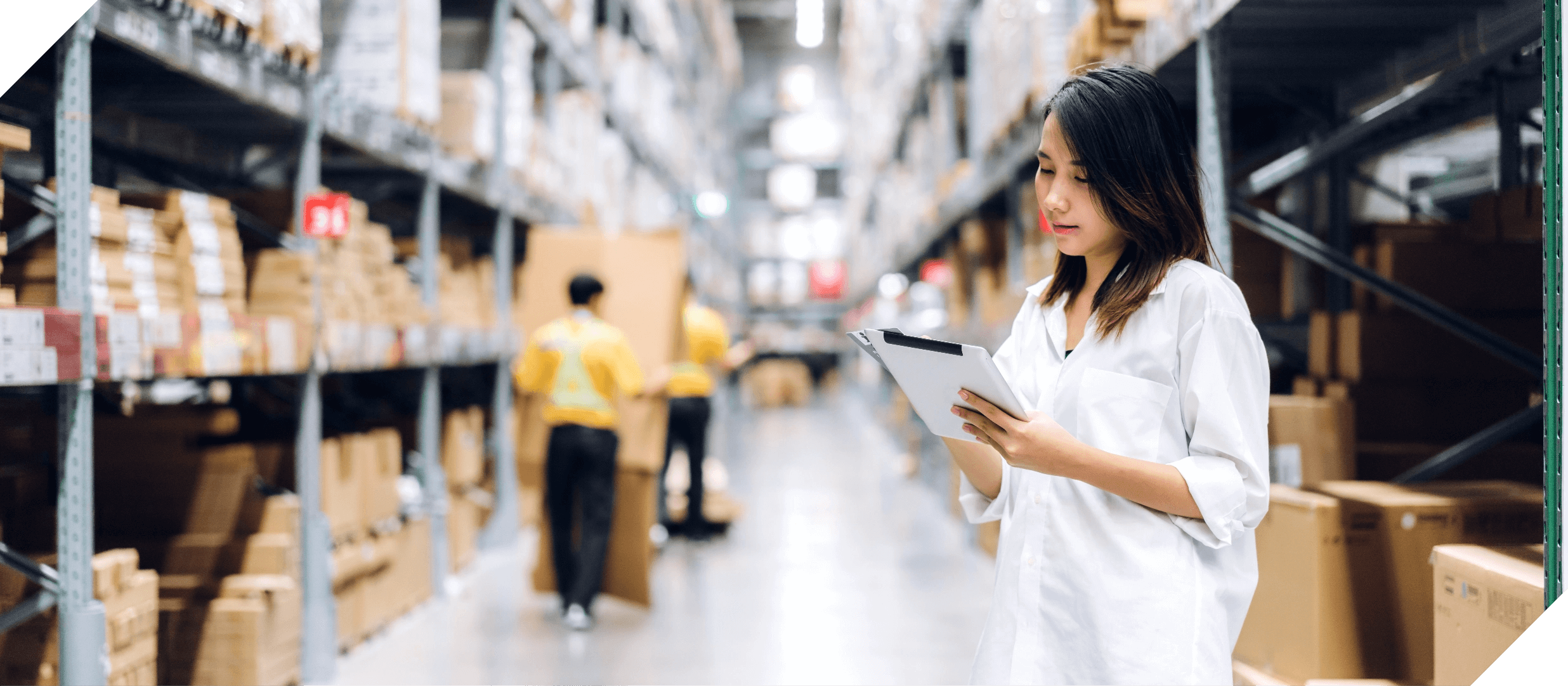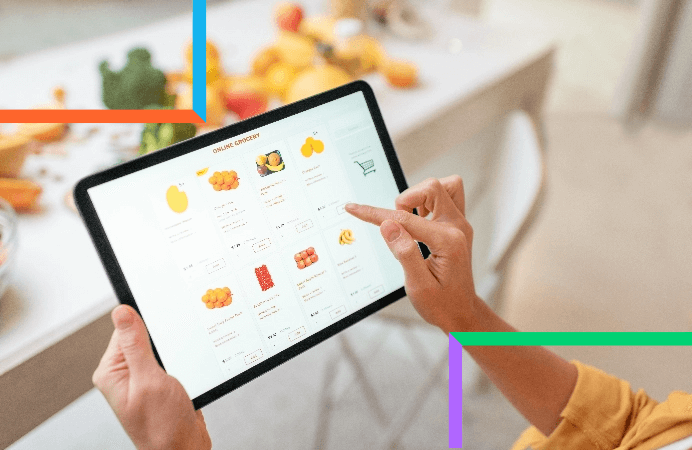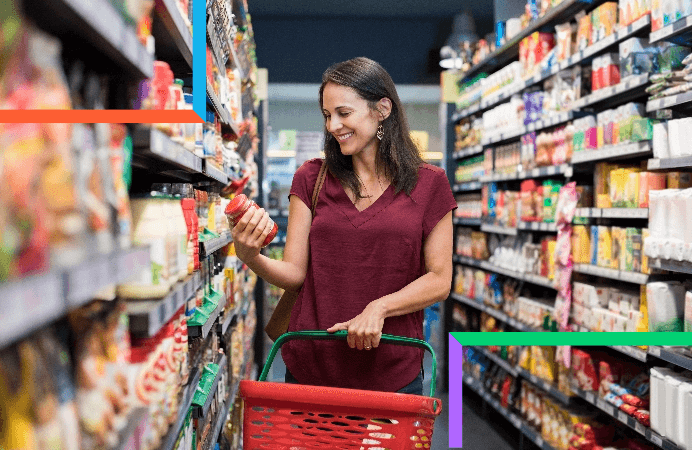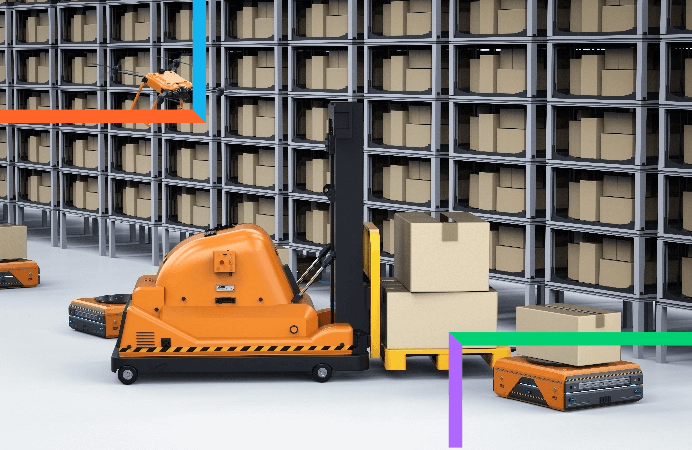E-commerce is the new face of retail
The global retail industry is going through a phase of phenomenal transition. Fast-paced lifestyles, easy access to technology and apps, and changing customer behaviors have birthed a new era of convenience-driven retail.
While e-commerce was steadily gaining momentum over the years and becoming popular among millennials and mobile-savvy consumers, the onset of a global pandemic has made online shopping and home deliveries of not just non-essentials, but also everyday commodities mainstream.
The current norms of work-from-home, social distancing and contactless shopping have given a big boost to e-retailing and B2B e-commerce. From groceries, to milk, vegetables and fruits, meal-kit delivery, restaurant foods, and electronics to apparels, e-commerce has taken over every possible category of retailing. To keep up with the e-commerce trends, sellers are building online presence, and brands are pushing themselves to offer multi-channel shopping experiences to customers.
The global e-commerce market is expected to total $4.89 trillion in 2021, and is expected to further grow in the coming years. Clearly, e-commerce is the new face of retail. And, needless to say, logistics is a crucial differentiating factor among brands.
Read on to learn more about the growing importance of efficient logistics in e-commerce and how implementing AI in your logistics can take your business to greater heights.
Retail Ecommerce sales worldwide 2020 - 2025
The global e-commerce market is expected to total
$5.54 trillion in 2022


The e-commerce supply chain, It's all about logistics
Logistics is at the heart of the e-commerce industry, and pretty much every stage in the e-commerce supply chain involves logistics in some form or another.
Whether you’re starting out or already an established player, it is important to understand how goods are moving through your supply chain and the role of logistics in the success of your business.
So, here’s how the e-commerce supply chain functions.
Goods are produced in the company manufacturing units. From factories, finished goods are moved to distribution centers/warehouses to be stored. Customer places an order via e-commerce web-stores or mobile applications, after browsing through a list of products and brands.
From the warehouse, the order is packed and dispatched to the customer’s nearest fulfillment center. In an omnichannel distribution scenario, this local fulfillment center could either be a dark store, retail outlet, micro-fulfillment center or a pick-up locker, depending on the brand’s omnichannel strategy or the customer’s preference.
From the local fulfillment center, the order is finally delivered by an agent either to the customer’s doorstep or a predefined pick-up spot. In some cases, like a Buy Online, Pick-up In-store, or pick-up locker option, customers pick up the orders on their own as per their convenience.

From manufacturing to sourcing, warehousing, secondary distribution, and all-mile delivery, the e-commerce supply chain is all about logistics. With growing competition in the e-commerce space, and the ever-increasing customer expectations of same-day delivery, next-day and few-hour deliveries, fast and efficient logistics is more important than ever.
Why is logistics optimization important now more than ever?
Logistics plays a crucial role in enabling the movement of goods within the supply chain, and ensuring that every order reaches its intended customer at the right place at the right time. For decades, supply chains have relied on conventional logistics planning and management. But today’s e-commerce supply chain is uncertain, complex, and dynamic in nature, which is why logistics optimization has become a key focus area for enterprises to stand out in the market.

-
Meets express delivery demands
-
Super-fast and express delivery of goods is the biggest demand of online shoppers. If your brand fails to keep the promise of fast deliveries, you stand the risk of losing customer loyalty to your competitors. Efficient logistics helps in the fast movement of goods from the point of sourcing to the end consumer, ensuring a happy shopping experience.
-
Keeps a smooth flow of goods in the supply chain
-
A key element of logistics management is the distribution network planning, which includes the right placement of warehouses, distribution centers and sourcing facilities along the supply chain. Strategic network planning is essential to keep a smooth flow of goods and management of inventories across all touchpoints in the distribution chain.
-
Fosters transparency and decision-making
-
Optimal logistics brings more visibility and transparency in the e-commerce supply chain and allows businesses to make improved business decisions, avoid delivery delays and minimize supply chain risks, while keeping customers well-informed about their order updates.
-
Helps reduce supply chain costs
-
In a competitive e-commerce landscape, cost-effective logistics is a must to remain profitable. Optimal logistics allow businesses to reduce fuel consumption, utilize fleet effectively and bring down logistics costs to increase profit margins.
-
Minimizes carbon footprint
-
E-commerce packaging, transportation and logistics operations contribute majorly to carbon emissions and environmental waste. Sustainable logistics management is therefore gaining more importance today, as it helps in keeping a check on the ecological imbalance and carbon emissions caused by e-commerce businesses.
Brands are ramping up all-mile fulfilment strategies
Today, running an e-commerce business is not just about offering goods for sale online, accepting digital payments and delivering merchandise to people’s homes. It is about speed, efficient handling of orders, and offering convenient and customer-preferred delivery services—all at an affordable cost. Especially since the COVID-19 crisis has occurred, the demand for fast, hygienic and contactless deliveries has surged significantly, pushing brands to level up their all-mile game.
Several innovative and cost-effective all-mile distribution strategies like hub-and-spoke distribution, micro-fulfillment distribution centers, dark store fulfillment, Direct-to-Store deliveries, BOPIS, curbside deliveries, and pick-up locker deliveries have surfaced in recent times. These trends will certainly drive post-pandemic e-commerce strategies for businesses. Meanwhile, many top e-commerce brands have boosted their all-mile fulfillment methods with efficient logistics being their key focus.
Retail giants Target and Walmart have announced new investments in all-mile delivery technologies, highlighting the growing importance of fulfillment in the post-COVID environment. Target is testing out a new localized delivery system via a pair-up of its new sortation center to speed up its all-mile order sorting processes.
Walmart on the other hand is piloting autonomous delivery vehicles, enabling super-express same-day deliveries to consumers.
Owing to speedier same day delivery requests during the pandemic, Amazon too, installed “mini-fulfillment centers” closer to where customers live in select U.S. markets to reduce its same-day delivery times down to just a few hours.
Indian food and grocery delivery brand Swiggy has embraced the dark store fulfilment model to enable delivery of over 2,500 grocery and household items within 45 minutes via dark stores that do not have walk-in locations but exist only in apps.

is testing out a new localized delivery system via a pair-up of its new sortation center to speed up its all-mile order sorting processes.

is piloting autonomous delivery vehicles, enabling super-express same day deliveries to consumers.

installed “mini-fulfillment centers” closer to where customers live in select U.S. markets to reduce its same-day delivery times down to just a few hours.

has embraced the dark store fulfilment model to enable delivery of over 2,500 grocery and household items within 45 minutes via dark stores that do not have walk-in locations but exist only in apps.
Want to know how Locus can boost your profits?
Logistical challenges faced by e-commerce businesses
While e-commerce players have certainly started emphasizing on optimal logistics to fulfill customer expectations, they are often faced with some real-world logistical challenges that must be addressed to achieve efficiency, transparency and consistency in the e-commerce supply chain.
Brands that rely on traditional demand planning models often struggle with inaccurate forecasting, as they do not consider seasonal market trends, competitor analysis, popular market offers, and other variables. Due to ineffective demand planning, inventory management goes haywire, leading to over-stocking and under-stocking of goods in warehouses, adding to the company’s operating expenses.
Many brands still operate on long-standing supply and distribution networks, that may not be optimal given the uncertainties and supply chain disruptions brought in by the pandemic. To enable smooth flow of goods through the supply chain, brands must rethink their distribution networks, and place supply chain nodes at the right spots.
The trickiest part of the e-commerce supply chain is the all-mile of deliveries, as it is the customer-facing end of the supply chain. On-ground constraints such as traffic and weather fluctuations, inability to map addresses properly, and ineffective route planning cause unnecessary delays in final-mile deliveries, leading to SLA breaches and poor customer satisfaction.
E-commerce businesses deal with the distribution and delivery of multiple product categories on a daily basis. Due to improper planning, brands fail to utilize their fleet capacities effectively. Allocating delivery duties to riders and on-ground staff fairly and on-time is also a common problem faced by e-commerce businesses, especially during peak seasons.
In the e-commerce supply chain, real-time visibility is vital to manage on-ground operations effectively and build trust among customers. Without live visibility tools and field data, logistics managers fail to keep a tab on ongoing operations and are not able to share real-time order updates with customers.
Finetune your logistics with Artificial Intelligence: Locus in the e-commerce supply chain
Artificial Intelligence is turning around supply chains across the globe, and e-commerce is not an exception. Locus offers smart solutions to streamline the e-commerce supply chain, enabling faster deliveries, on-ground efficiencies and improved decision making.

-
Geocoding and Address Verification
-
Our proprietary geocoding engine converts physical addresses into accurate lat-long coordinates on a virtual map, making address verification and validation faster and more accurate. Precise address detection simplifies on-ground operations and speeds up delivery timelines.
-
Network Planning and Optimization
-
Locus NodeIQ uses deep science and ‘digital twin’ simulations to plan the most cost-effective and optimal supply chain networks, thereby streamlining the flow of goods throughout the supply chain and reducing costs.
-
Automated Dispatch Scheduling
-
AI-powered route planning software, DispatchIQ enables automated processing of hundreds of delivery orders within minutes, eliminating human dependency in logistics planning.
-
Optimal Fleet Mix
-
Locus FleetMix, an intelligent fleet composition generator, studies historical business data and demand trends to recommend the most ideal size, type and combination of fleet to carry out delivery operations smoothly, while utilizing delivery vehicles to their fullest capacities.
-
Delivery Route Planning
-
Our advanced delivery routing solution plans the most optimal, shortest routes for all deliveries, and accommodates on-demand delivery orders and reverse logistics on the go, while taking into account traffic and weather conditions, preferred delivery timelines, road restrictions and other constraints.
-
Smart Rider Allocation
-
Our advanced algorithms analyze on-ground data and rider data to allocate the best-suited executives for every delivery based on multiple factors such as riders’ workload, preferred areas of service, proximity to customer locations and more.
-
Real-time Visibility
-
Locus TrackIQ i.e. real-time fleet tracking, a live visibility tool offers end-to-end supply chain transparency, enabling supervisors to monitor on-ground duties remotely via an intuitive dashboard, and share accurate delivery ETAs with customers. The solution also provides predictive alerts to avoid delays and mishaps on the ground and granular insights for better decision-making.
-
Electronic Proof of Delivery
-
Our E-PoD solution enables contactless and safe all-mile delivery experiences by capturing customer signatures or product images at the point of delivery for authentication.
Resources

Case Study
How to increase operational efficiencies in E-commerce
With E-commerce becoming more complex, thanks to increasing customer demands, it is imperative to increase operational efficiencies across all-miles.
Read moreBlog
How Delivery Logistics Software Benefits Brands Involved in Alcohol/Beverage E-commerce?
Read moreRunning an e-commerce business is all about offering convenience and keeping the promise of speedy deliveries. Now optimize your e-commerce supply chain with AI-powered logistics solutions by Locus.
Get in touch with our experts for a quick tour of our solutions.









